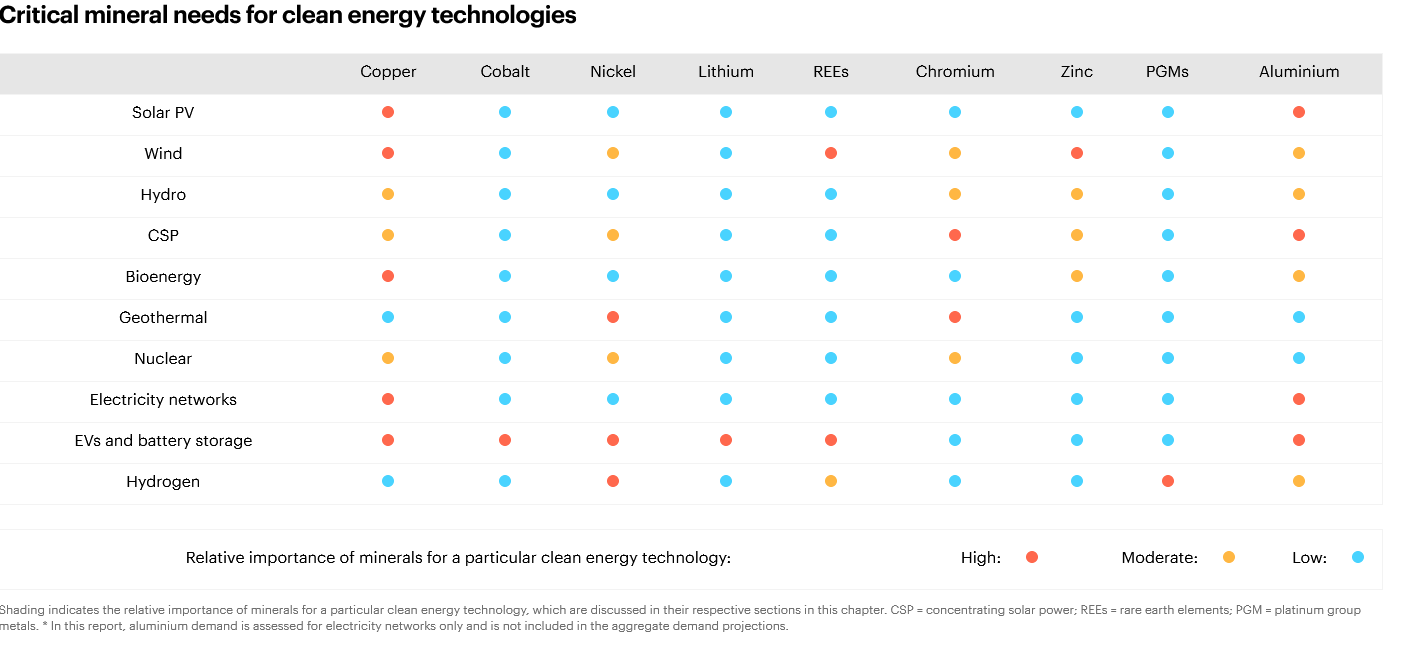“Secure global net-zero by mid-century and keep 1.5 degrees within reach” is the call of the COP26 climate change summit taking place in November 2021. Around 200 nations present at the conference are being asked to commit to ambitious emissions reductions. Phasing out coal and speeding up the switch to electric vehicles as well as curtailing deforestation and encouraging investment in renewables are on the table.
Nickel and net-zero

As delegates to the UN COP26 Climate Change conference in Glasgow grapple with the climate crisis, clean energy solutions will be in focus. Although clean energy technologies rely on metals and minerals that are unavoidably energy intensive to produce, the IEA says that the climate advantages of these technologies remain clear.
Decisive government policy changes, investment, and consumer choices are needed to drive a major overhaul of the energy systems and technologies that power the world. Phasing out fossil fuels is a slow process, but in 2020 energy demand from oil, gas and coal fell by 5% relative to the previous year because of the Covid-19 pandemic. At the same time, the energy demand from new energy systems, such as renewables remained resilient. And nickel is required to facilitate the successful deployment of these new energy technologies.

Stronger actions are required to counter the upward pressure on emissions from mineral production, but the climate advantages of clean energy technologies remain clear.
Source: IEA (2021) The Role of Critical Minerals in Clean Energy Transitions. All rights reserved. (page 17)
Critical nickel
In its recent report, The Role of Critical Minerals in Clean Energy, the OECD’s International Energy Agency indicates the importance of a range of minerals in clean energy technologies. Nickel has high or moderate importance in six of the ten energy sectors featured. Its unique properties contribute across the spectrum - geothermal, batteries for EVs and energy storage, hydrogen, wind, concentrating solar power and nuclear. Some emissions-reducing technologies may only require small amounts of nickel, but that small quantity plays a critical role.

Some emissions-reducing technologies may only require small amounts of nickel, but that small quantity plays a critical role.
Reducing carbon footprint
But what about the carbon footprint of producing the nickel needed for a low carbon economy? While there is evidence that Nickel Institute member companies are making progress with GHG emissions from their collective nickel production down by around 9% in the last two decades, the industry recognizes that there is still more to be done.
Nickel Institute member companies are committed to cutting their carbon emissions by implementing a range of solutions to make their processes more energy efficient and less carbon intensive.
- Also, at the end of life, nickel is one of the most recycled metals, available to serve again and again. It has a long life span when in use, and can take several decades to become available for recycling.
- But in the future more nickel will become accessible, leading to further carbon footprint reductions as it is generally less energy intensive to recycle nickel than to produce it initially.
- And as nickel-enabled greener energy becomes more available, the carbon footprint of nickel production itself is also being reduced – a virtuous circle of sorts.
Find out more here about how nickel contributes to renewable technologies, its transparent life cycle analysis and some examples of our member companies’ efforts to reduce their carbon footprint.

